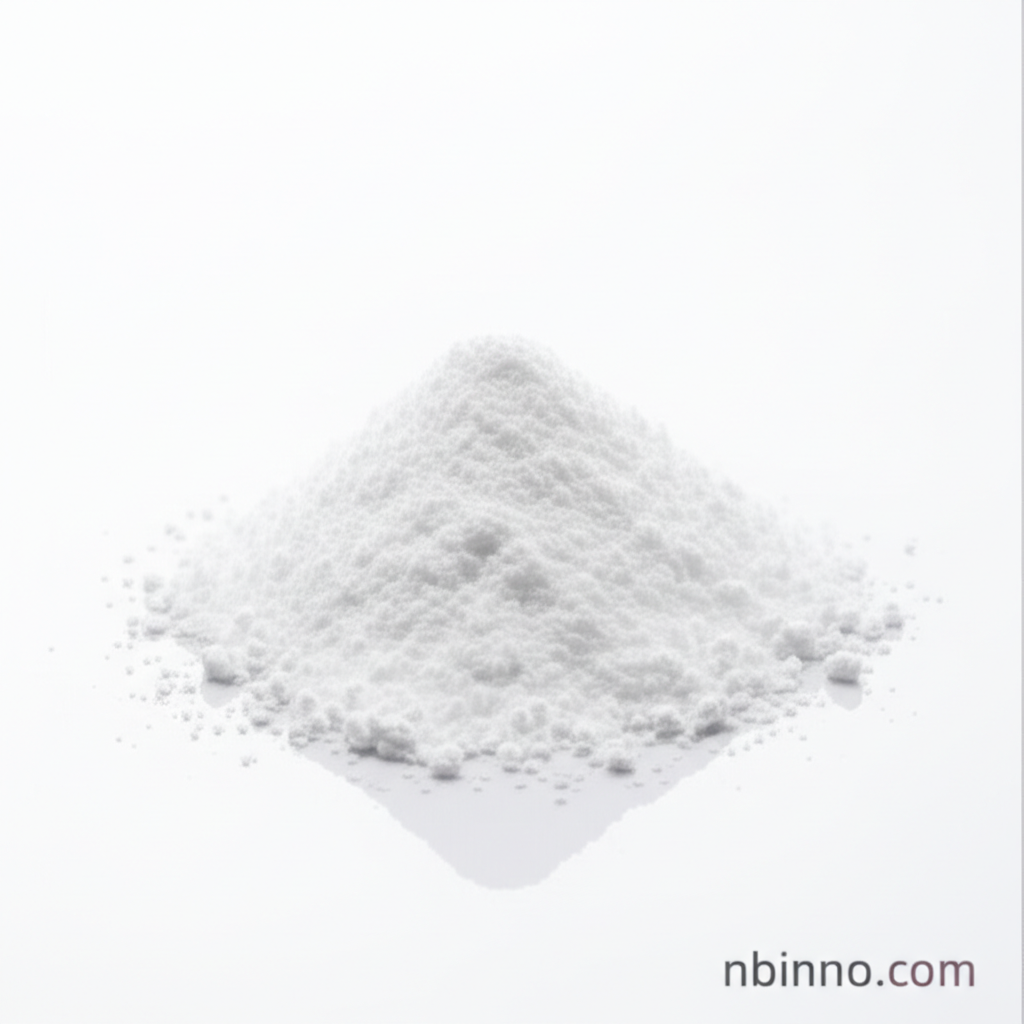FAD-Dependent Glucose Dehydrogenase: Enzyme for Advanced Electrochemical Glucose Sensors
Unlock precise glucose monitoring with our high-purity FAD-dependent glucose dehydrogenase enzyme.
Get a Quote & SampleProduct Core Value

Glucose 1-Dehydrogenase (FAD, quinone)
Our FAD-dependent glucose dehydrogenase is a critical enzyme for the development of highly accurate electrochemical glucose sensors. It functions as a regeneration cofactor, converting glucose into gluconic acid, which is essential for precise measurements in point-of-care (POCT) and continuous glucose monitoring (CGM) applications.
- Discover the potential of FAD-dependent glucose dehydrogenase enzyme for your diagnostic devices.
- Leverage our glucose dehydrogenase for electrochemical sensors to ensure reliable patient data.
- Inquire about quinone glucose dehydrogenase cofactor to optimize your biosensor performance.
- Explore options to buy glucose 1-dehydrogenase powder for your research and development needs.
Key Advantages
Enhanced Sensitivity
Utilize the precise capabilities of the FAD-dependent glucose dehydrogenase enzyme to achieve superior sensitivity in your glucose detection systems.
Reliable Performance
Count on the consistent quality of our glucose dehydrogenase for electrochemical sensors, ensuring reproducible results for medical diagnostics.
Versatile Application
Our quinone glucose dehydrogenase cofactor is adaptable for various electrochemical sensor designs, supporting both POCT and CGM technologies.
Key Applications
Electrochemical Glucose Sensors
The enzyme is a vital component in creating sensitive and selective electrochemical glucose sensors, crucial for accurate blood glucose readings.
Point-of-Care Testing (POCT)
Facilitates rapid and precise glucose quantification in POCT devices, enabling immediate clinical decisions and patient management.
Continuous Glucose Monitoring (CGM)
Supports the development of advanced CGM systems, offering real-time glucose data for individuals managing diabetes.
Biotechnology Research
Serves as a key biochemical reagent in research labs focused on enzyme kinetics, biosensor development, and metabolic studies.
